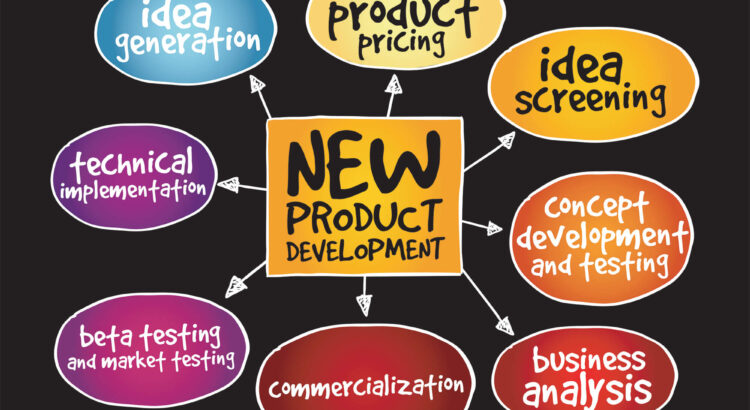In the fast-paced world of business, staying competitive often means introducing new and innovative products to the market. The New Product Development (NPD) process is the roadmap that guides businesses from ideation to launch. Understanding and effectively navigating the distinct stages of this process can be the key to turning creative ideas into successful, market-ready products.
1. Idea Generation: The journey begins with brainstorming and idea generation. This stage encourages creativity and open-mindedness, often involving cross-functional teams and customer feedback. Ideas can stem from various sources, including customer needs, technological advancements, or market trends.
2. Idea Screening: Not every idea makes the cut. In the screening phase, concepts are evaluated based on factors like feasibility, market potential, and alignment with the organization’s goals. This helps filter out impractical or unsuitable ideas, allowing the team to focus on those with the greatest potential.
3. Concept Development and Testing: Once a promising idea is identified, it’s time to develop a more detailed concept. This involves fleshing out the product’s features, benefits, and target market. Concept testing, through surveys or focus groups, helps gather valuable feedback and further refines the concept before moving forward.
4. Business Analysis: The business analysis stage involves a thorough examination of the potential costs, revenues, and profitability of the proposed product. This includes estimating production costs, pricing strategies, and sales projections. The goal is to ensure that the product aligns with the company’s financial objectives.
5. Product Development: With a solid business case, the product moves into the development phase. Here, the concept is transformed into a tangible product or prototype. Collaboration between R&D, engineering, and design teams is crucial. Continuous testing and refinement are conducted to ensure the product meets quality standards.
6. Market Testing: Before a full-scale launch, market testing allows organizations to introduce the product on a limited scale. This provides insights into consumer response, potential challenges, and allows for any necessary adjustments before a wider release.
7. Commercialization: The moment arrives to launch the product into the market. This involves scaling up production, implementing marketing strategies, and distributing the product to reach the intended audience. Effective communication and promotional activities play a vital role in creating awareness and driving initial sales.
8. Post-Launch Evaluation: The final stage involves assessing the product’s performance in the market. Post-launch evaluation gathers data on sales, customer feedback, and any unforeseen challenges. This information is invaluable for refining future NPD processes and making continuous improvements.
Successful new product development is not a linear process; it’s iterative and requires adaptability. Each stage is interconnected, and feedback from one phase influences decisions in the next. Embracing innovation and staying agile throughout this journey is the hallmark of companies that consistently bring impactful products to market. The NPD process is not just a means to launch a product; it’s a dynamic strategy for sustained growth and relevance in today’s dynamic business landscape.
